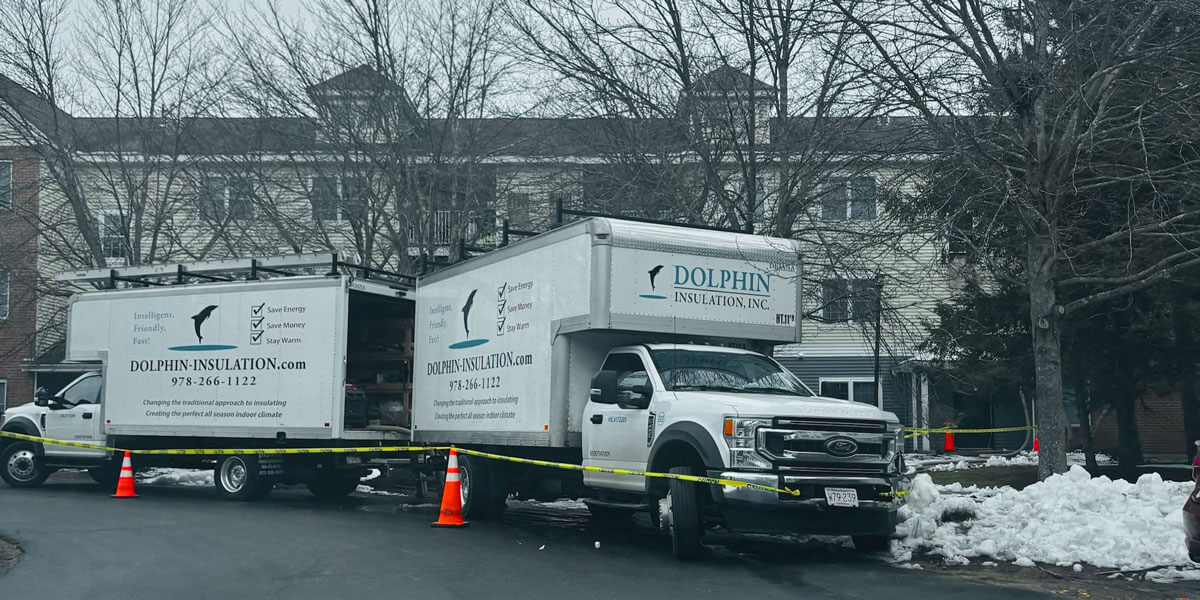As Dolphin looks into energy-efficient trucks, the rest of the country is also moving to reduce the fuel consumption of heavy-duty vehicles. These heavy-duty vehicles consume 2.9 million barrels of petroleum every day in the United States alone. The National Highway Traffic Safety Administration and the Environmental Protection Agency developed standards to reduce fuel consumption, and thus lower greenhouse gas emissions of heavy-duty vehicles in models to come in 2014-2018.
Phase One of this plan to reduce our environmental impact plans to lower heavy-duty fuel consumption by an average of 15%. This will save half a million barrels of oil per day by 2035.
-
- Phase One is the first step to adjusting our country’s habits to be more environmentally friendly.
- The agencies that are advocating for this change are now working on the next phase of these standards.
- The new standards will apply to vehicles in later vehicle models.
Although a proposed rule will not appear until late next year, the American Council for an Energy Efficient Economy (ACEEE) is looking into the basic parameters for the Phase Two standards.
-
- Phase One was a good first step, but it took a component-by-component approach rather than a full-vehicle view.
- The piece-by-piece approach missed major fuel efficiency opportunities that the ACEEE hopes to address in Phase Two.
The standards in Phase One did not embody all of the potential gains from advanced transmissions and hybrid technologies. The first standards excluded trailers, which limited the efficiency targets for tractor-trailers. The standards for trucks and buses—specifically “vocational vehicles”—only had improvements in their engines and tires, not the vehicle as a whole.
The ACEEE believes that the next phase should treat vehicles as systems rather than as collections of parts.
-
- This view will help to start the development of more energy-efficient transmissions, driveline efficiency, powertrain integration, and hybridization.
- Also, trailers will have a more aerodynamic form through their integration with tractors.
The next standards should look to market advanced technologies for heavy-duty vehicles. Heavy-duty pickups will benefit from all of the possible engine and transmission technologies, which will help the companies that use these vehicles, such as us here at Dolphin. We can use trucks to help us complete our goal of making your home more energy-efficient, while conserving more energy through transportation.
The ACEEE analyzed the potential for these standards by drawing information from a study by the National Academy of Science report on Phase One of this plan. The ACEEE believes that new heavy-duty vehicles in this next phase could reduce fuel consumption to up to 26% below Phase One levels, which ultimately lowers the overall levels to 37%. The technologies needed for these programs have a payback period of three years or less.
If we raise the Phase Two standards, by 2035 the savings will yield more than 800,000 barrels of oil savings per day. Engineers envision a more efficient design for tractor-trailers’ aerodynamic shape. Also, hybrids will be more and more prevalent on the streets. This means that the energy savings will not stop at the heavy-duty vehicles. Trucks are a necessary part of many companies, such as Dolphin. Making transportation more energy-efficient will decrease the country’s impact on the environment.















